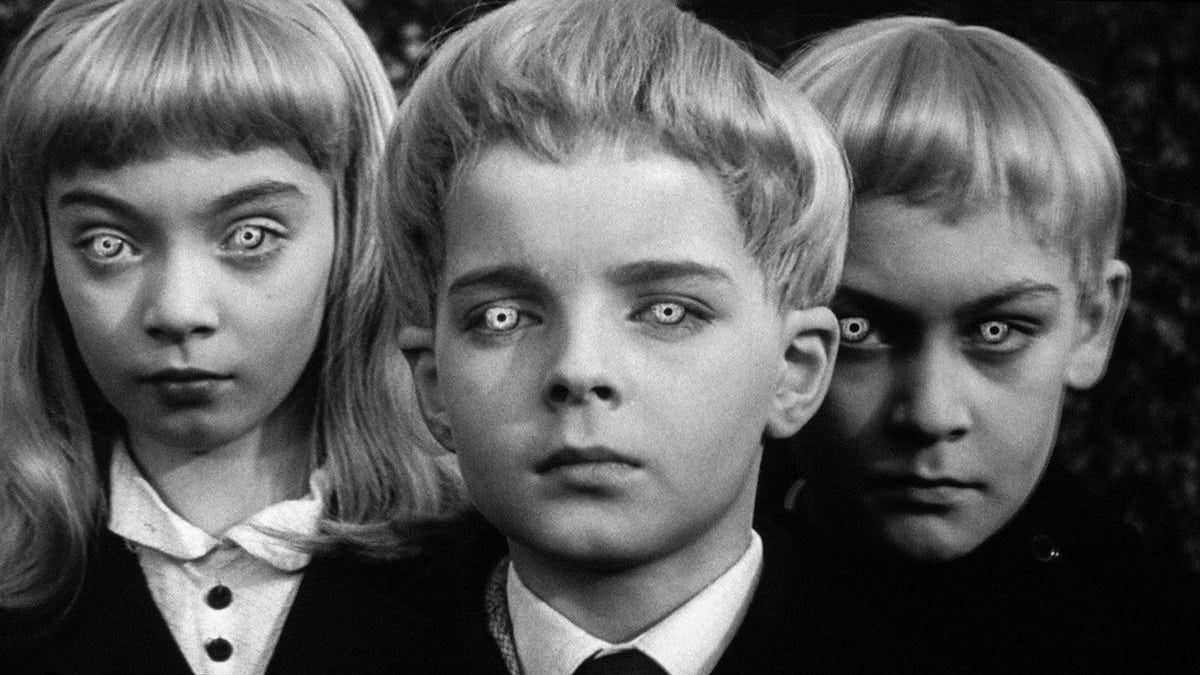TSO_Products said:
[member=11582]estley[/member] -
that's a very functional looking Stop Assembly design. What did it consist before?
Any before and after pictures?
Yes, ever since ring lights became available for commercial photography us woodworkers have been waiting for ring-task lighting to be designed into power tools. Your pictures of the drill press lighting is really inspiring for the rest of to make the upgrade we may have wished for and never quite got a "roundtoit".
thanks for sharing your inspiration!
Hans
Ring lights pre-dates the use in photography by (probably) several decades. I could not find historical data on the “circle line” lights used in round lighting fixtures, but I recall them from when I was a child, so probably in the 1950s, but perhaps earlier.
More in keeping with what we think of as “ring lights” was the Luxolamp’s magnifier lamps with a circular fluorescent lamp surrounding the magnifier.
In the early 1960s, Nikon came out with the “Medical Nikon”, a 200mm flat field lens with a built in ring light (strobe) with the intended use of photographing “gross specimens” i.e. autopsy organs.
The ring light gained popularity because it offered highly uniform lighting over a small area with no shadows. When using my scroll saw I often wish for the elimination of shadows so I can see the line of the cut.
For most photography shadows are part of the way a two dimensional medium represents three dimensions. So I rarely see professional photos taken with ring lights. It also creates a spooky looking catchlight in the eyes of subjects.
Portrait with ring light:
Which brings to mind The Village of the Damned movie, which I guess used a custom ring light to create the effect as there was no computer aided graphics in the early 1960s.
However, I agree that ring lights would be of particular advantage when working close with machine tools. And more easily implemented with LED tech.












